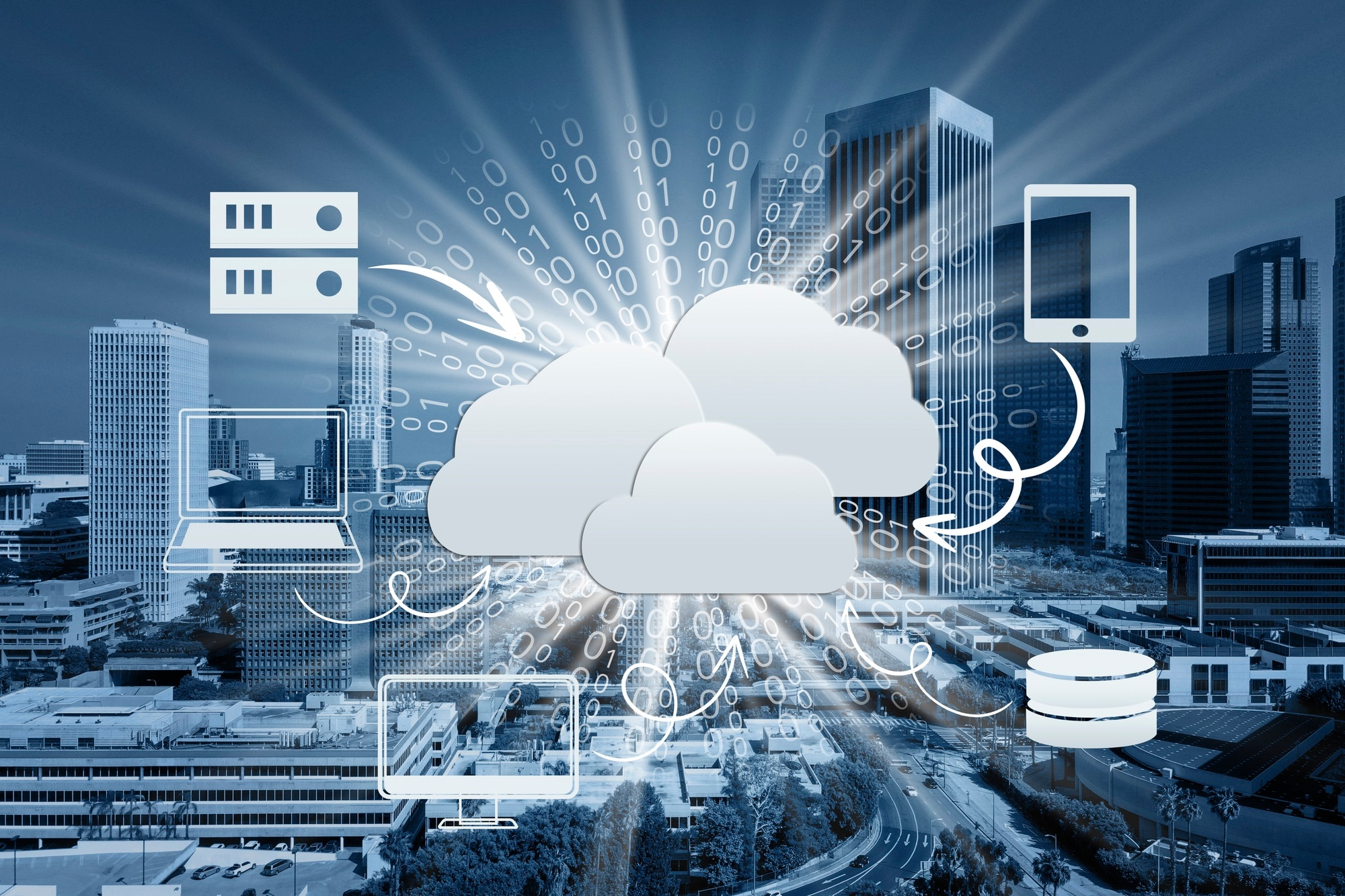As hurricane season approaches, businesses in storm-prone regions must prioritize communication resilience to ensure continuity during and after severe weather events. Preparing in advance for emergencies by developing comprehensive plans that include evacuation strategies and proper use of personal protective equipment (PPE) is crucial. It is also necessary for businesses to establish comprehensive Emergency Action Plans (EAPs) that comply with specific OSHA standards to ensure worker safety during emergencies. Implementing robust telecom strategies is essential for maintaining operations and safeguarding customer relationships when natural disasters strike.
Introduction to Hurricane Preparedness with Telecom Technology
Hurricane preparedness for businesses is a preemptive step to help minimize the impact of natural hazards, such as extreme weather events, on their operations and assets. The Federal Emergency Management Agency (FEMA) provides invaluable resources and guidelines to help businesses develop a comprehensive emergency preparedness plan. Effective emergency management and planning are essential to ensure continuity and minimize losses during disasters.
Businesses should start by identifying potential risks, including technology-related hazards and human-caused hazards, and develop strategies to mitigate them. A robust disaster recovery plan is critical for quickly restoring operations and minimizing downtime. Regularly reviewing and updating this plan ensures it remains effective and relevant.
Emergency preparedness planning also involves stocking essential emergency supplies, such as nonperishable food, bottled water, and first aid supplies. Employee safety and wellbeing are top priorities during emergencies, and businesses should have clear protocols to protect their staff. Additionally, safeguarding assets and infrastructure, including implementing safety systems and maintaining equipment, is vital.
Regular drills and training exercises can help businesses prepare for emergencies and ensure a smooth restore process. By having a comprehensive preparedness plan in place and working with local authorities, businesses can better navigate the challenges posed by hurricanes and other natural disasters. Let’s look at five ways your business technology can be helpful in adverse situations.
1. Adopt Cloud-Based Phone Systems for Uninterrupted Communication
Traditional on-premise phone systems are vulnerable to power outages and physical damage during hurricanes. Maintaining business operations during such events is crucial, and transitioning to a cloud-based UCaaS phone system ensures that your business communications remain operational, as calls and data are managed through secure, off-site servers. This setup allows employees to make and receive calls from any location, using various devices, thereby maintaining customer service continuity.
2. Implement Automatic Call Forwarding and Failover Routing
During a hurricane, immediate response is critical. By setting up automatic call forwarding and failover routing, incoming calls can be redirected to alternate numbers or devices without manual intervention. This ensures that clients and partners can reach your team even if the primary office line is compromised. Such features are an integral part of a business disaster preparedness plan, minimizing downtime and preserving trust.
3. Leverage Mobile Integration for Remote Accessibility
Many disasters, like hurricanes, often necessitate evacuations, making remote work capabilities essential. Community support and collaboration for disaster recovery are crucial during such times, as businesses, government agencies, and citizens work together to ensure safety and resilience. Modern telecom solutions offer mobile integration, allowing employees to access their business phone system via smartphones or laptops. This flexibility guarantees that your team can continue operations from safe locations, maintaining productivity and client engagement during disruptions.
4. Secure Voicemail and Call Logs with Cloud Backups

Protecting communication data is vital for post-storm recovery. Cloud-based systems automatically back up files, including voicemails, call logs, and contact information, safeguarding them against data loss due to physical damage or power failures. This ensures that critical information is retrievable, facilitating a smoother return to normal operations.
5. Develop a Comprehensive Business Continuity Plan
A well-structured business continuity plan is a crucial part of disaster planning, encompassing more than just data protection; it includes communication strategies, employee safety protocols, and customer service procedures. Regularly updating and testing this plan ensures that your business can respond effectively to hurricanes or any other issues, minimizing operational disruptions and financial losses.
Assessing Business Risks
Assessing business risks is essential for identifying potential hazards and developing strategies to mitigate them. A part of disaster preparedness for businesses is considering a wide range of risks, including natural hazards like floods, earthquakes, and hurricanes, as well as human-caused hazards such as accidents and acts of violence. Technology-related hazards, such as cyberattacks and equipment failures, should also be on the radar.
Conducting a thorough risk assessment helps businesses identify specific hazards and develop a plan to address them. This assessment should include an evaluation of the business’s assets, infrastructure, and operations. Additionally, businesses should assess the potential impact of widespread serious illness on their operations.
A well-developed business continuity plan ensures that the business can continue to operate during and after a disaster. This plan should include procedures for emergency personnel, such as evacuation routes to safe places or shelter locations, and strategies for managing power outages, including backup power sources and safety systems.
Regularly reviewing and updating the risk assessment and business continuity plan is essential to be certain that the business remains prepared for emergencies. By proactively identifying and addressing risks, businesses can enhance their resilience and ensure continuity in the face of various hazards.
Managing Power Outages

Managing power outages is critical for minimizing downtime and ensuring continuity of operations. Businesses should have a comprehensive plan in place for managing power outages, including working with emergency personnel and having access to backup power sources such as generators or batteries. Safety systems, like fire extinguishers and emergency lighting, should also be in place to maintain a safe environment.
Identifying critical systems and equipment that require backup power is essential, and businesses must verify these are properly connected to backup sources. A detailed plan for fueling and maintaining backup power sources is also necessary to ensure they are ready when needed.
Communication during a power outage is vital. Businesses should have a plan for keeping employees, customers, and suppliers informed. Stocking emergency supplies, such as nonperishable food and bottled water, ensures that basic needs are met during an outage.
Implementing energy-efficient systems and equipment can reduce reliance on backup power sources. Regular testing and maintenance of backup power sources and safety systems are crucial to ensure they function correctly when needed. Finally, businesses should have a plan for restoring power and returning to normal operations after an outage, guaranteeing a smooth transition back to business as usual.
Protecting Assets and Infrastructure with Telecom Technology
Protecting assets and infrastructure is essential for minimizing losses and sustaining continuity of operations during and after a disaster. Businesses should have a plan in place to safeguard their physical assets, such as buildings and equipment. Installing and maintaining safety systems, like security cameras and alarm systems, is crucial for protecting these assets.
Data and IT systems are also critical assets that need protection. Implementing robust backup and disaster recovery procedures ensures that data is secure and can be quickly restored if lost. Identifying and protecting essential infrastructure, such as power and water systems, is also vital.
Businesses should consider implementing protective measures, such as flood-proof barriers or storm shutters, to safeguard their assets and infrastructure. Regular maintenance and inspection of these assets ensure they remain in good condition and are ready to withstand disasters.
Having a plan for repairing or replacing damaged assets and infrastructure after a disaster is also important. Regularly reviewing and updating insurance coverage, including property and liability insurance, can verify that the business is adequately protected. Working with an insurance agent can help develop a comprehensive insurance plan that covers all potential risks.
Employee Safety and Wellbeing
Employee safety and wellbeing are top priorities for businesses during emergencies. Having a clear plan in place to protect employees, including emergency procedures and safety protocols, is essential. Employees should be trained on these procedures, including evacuation routes and shelter locations, in an effort to safeguard them and make sure they know how to respond during an emergency.
Providing support and assistance to employees during and after a disaster is crucial. One aspect of hurricane preparedness for businesses includes having a plan for communicating with employees, including emergency contact information, and providing resources and services such as assistance with medical care and counseling.
Employee safety and wellbeing should be considered in all components of your organization’s emergency planning, including risk assessment and business continuity planning. Managing employee stress and trauma during and after a disaster is also important, and businesses should have strategies in place to address these issues.
Regular training and drills help ensure that employees are prepared for an emergency and disaster recovery after it’s over. Recognizing and rewarding employees who contribute to emergency preparedness and response efforts can also boost morale and encourage a culture of safety and preparedness within the organization.
Partner with Centratel for Hurricane-Ready Telecom Technology

Centratel offers tailored telecom solutions designed to keep your large or small business connected during hurricane season. Our UCaaS phone systems provide the flexibility, reliability, and security needed to maintain operations in the face of natural disasters. With features like automatic call forwarding, mobile integration, and cloud backups, we ensure that your communication infrastructure is resilient and responsive.
For industries in the Tampa area, explore our specialized Tampa business phone system solutions to enhance hurricane preparedness for businesses of all types.
Take Action Before the Storm Hits Thanks to Telecom Technology
Don’t wait for a hurricane to expose vulnerabilities in your communication systems. A proactive disaster recovery plan, combined with the right telecom solutions, is key to ensuring business continuity. Hurricane season will be here soon; reach out today to assess your current setup and explore options for enhancing your disaster preparedness.
You need a plan in place that covers disasters of all types, even hurricane preparedness for businesses, so when a catastrophe strikes, you’re ready. By creating a detailed evacuation plan, securing backup power sources, and training employees on protective actions, your company can better withstand the impact of natural disasters. Taking these steps in today’s world, where many hazards and widespread serious illness can disrupt operations, is essential for every small business.
Contact Centratel to schedule a consultation and fortify your business communications against the challenges of hurricane season.

